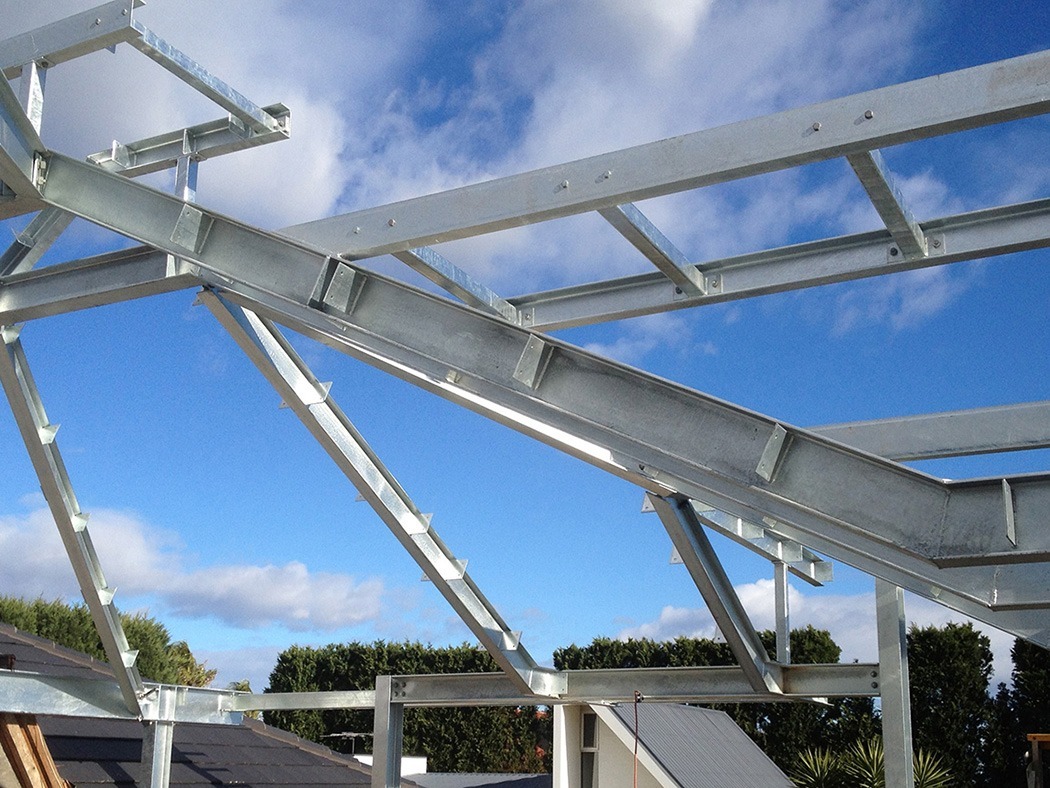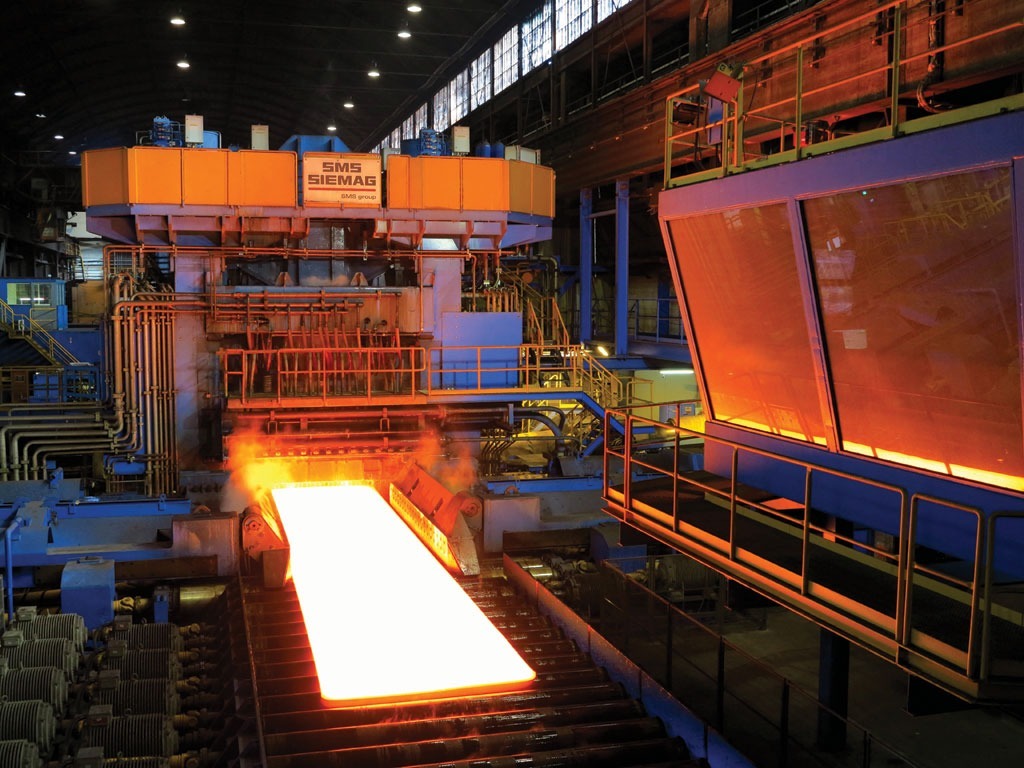Steel is the most recycled materials on the planet – more of it is recycled every year than all other materials in the world combined, with more than 12 million tonnes being recycled in 2016 alone.

Steel is one of the most reused materials in the world. Here we take a look at how and why steel is recycled.
The metallurgic properties of steel mean that when it is recycled, no degradation occurs whatsoever. This means that it can be melted down and reused an infinite amount of times without being compromised in any way.
This is just one of the reasons it is one of the most ubiquitous materials in the world – used for everything from packaging to shipbuilding to infrastructure. Let’s take a look at how and why steel is recycled.
Why Recycle Steel?
Recycling steel is very important for preserving energy and natural resources that producing it from scratch consumes. Just to put things in perspective, here are some stats from Planet Ark.
• Making steel cans from recycled material uses 75% less energy than producing them from raw materials.
• Recycling 1kg of steel keeps 2kg of greenhouse gases out of the atmosphere. Recycling steel diverts these products from landfill, and enables the material to be reprocessed, thereby conserving raw materials.
• For every tonne of steel recycled 1131 kg of iron ore, 633 kg of coal and 54 kg of limestone are saved.

The Steel Recycling Process
The steel recycling process involves a few keys steps. This will vary between different locations, however, the general process will remain the same (it is very similar to the steel making process).
• First steel is collected. This happens in a number of ways: some steel is collected from households, some is dumped at the tip, some is collected by dedicated steel recycling plants. From here, steel is taken to a steel refinery.
• The steel is then tested to assess its alloy make up. Any unwanted alloys, such as tin, are then removed through a process called ‘electroplating’.
• Then the steel must be melted down into liquid form. It is placed in a furnace at very high temperatures that will vary depending on the properties of the metal.
• The molten steel needs further treatment before it is ready to be rolled into structural steel. Treatment involves removing any impurities which may interfere with the steel’s integrity once hardened. The purification process involves exposing the molten iron to pure oxygen in a converter furnace which will burn off troublesome substances.
• Further reduction of carbon is achieved either by adding scrap steel or by feeding it through high power electric arcs, with temperatures reaching 1650˚C.
• The molten steel is then set aside to cool. The semi-finished steel is then cut into different shapes to later be used for making steel products. ‘Slabs’ are wide and flat, ‘blooms’ are rectangular (for making beams) and ‘billets’ are thin square bars.
• The final process is called ‘rolling’ and involves continuous casting (pouring liquid steel into moulds) where steel is forged into various steel products. Hot rolling helps to eliminate any imperfections defects and is called ‘primary forming’.
• The steel is then ready to be treated for corrosion. After that, it is ready for steel production.
If you are in need of quality steel fabrication contact Steel Fabrication Services today. Our team of expert structural steel fabricators have the experience and knowledge to answer any of your questions and will ensure that you find the best solution to suit your needs.
To contact us today, simply call, fax, email or drop by our Brookvale location.